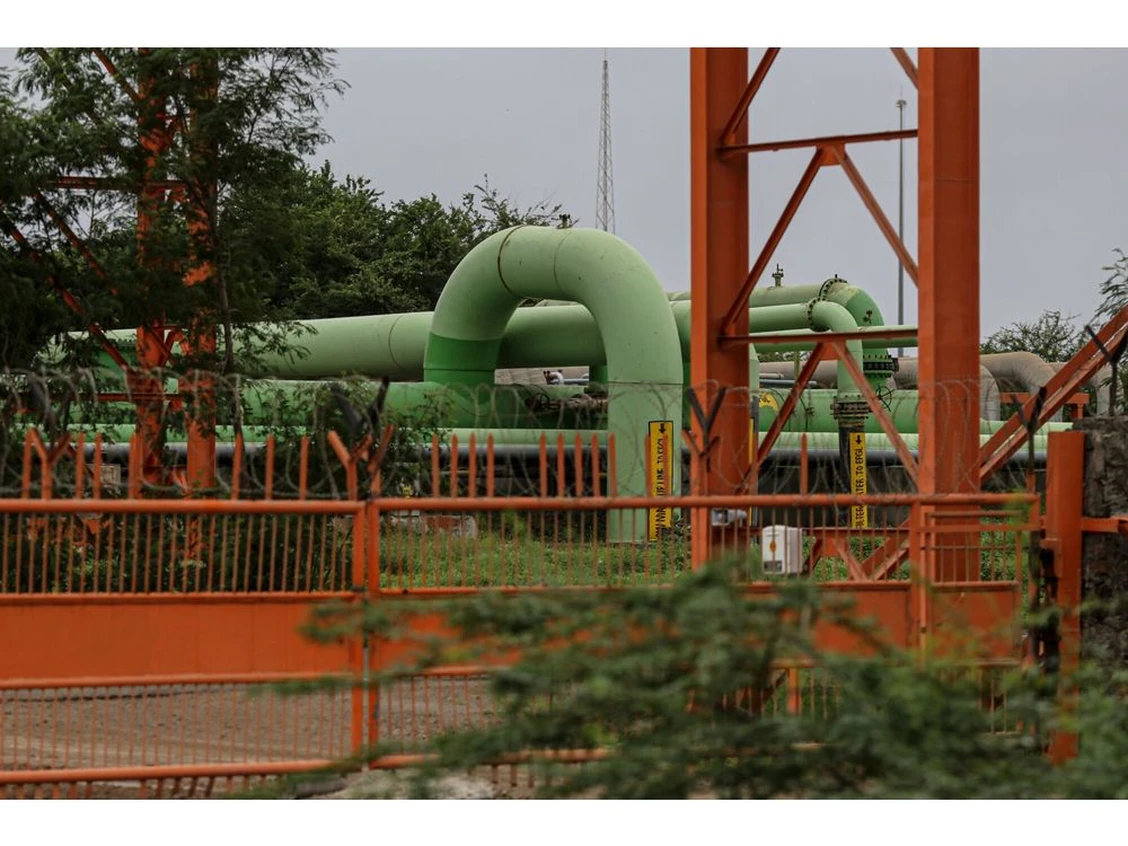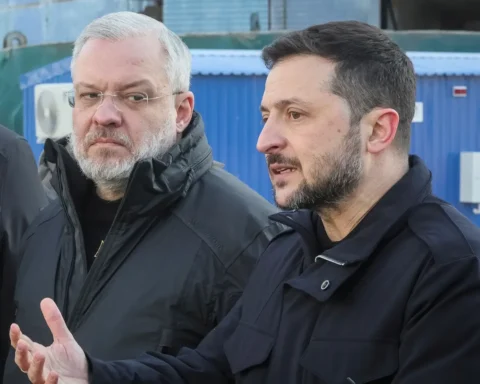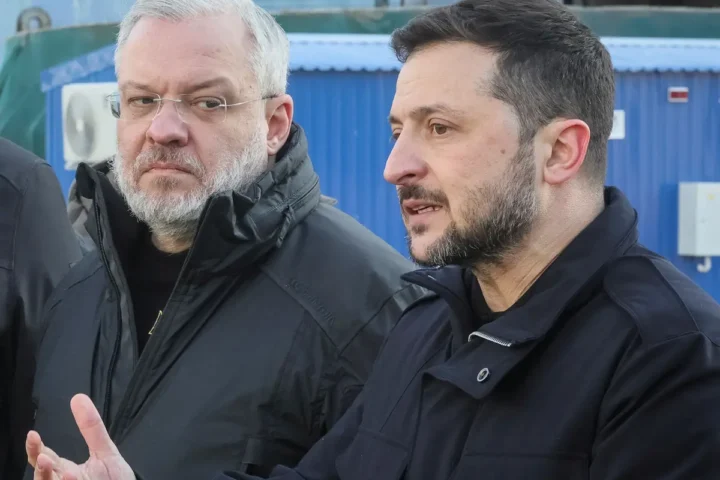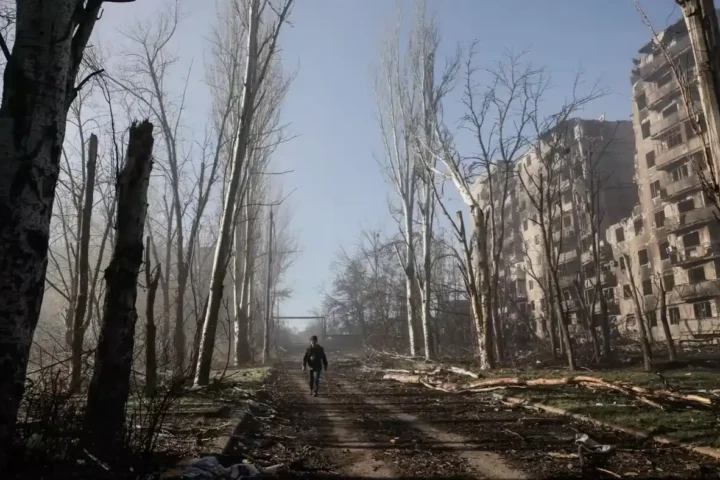According to Bloomberg, just two months after sanctions triggered a management crisis at Nayara Energy Ltd. (part-owned by Rosneft), disrupted logistics, and forced the abrupt exit of European top managers, the company has begun to recover—thanks to government support, payment workarounds, and a pivot from exports to the domestic market.
Banking “bridges” and rupee settlements
Sources cited by Bloomberg say Nayara has set up arrangements with Indian banks, including State Bank of India, to process payments in the national currency. Earlier in September, UCO Bank received government approval to work with Nayara and is being considered as an operator for overseas transactions. This reduces the company’s reliance on Western infrastructure and enables product deliveries to domestic customers.
Operations normalize: from gas stations to partial exports
Industrial activity is gradually returning to normal. According to agency sources, the Vadinar refinery is currently loaded at about 75%, and that rate is rising. Whereas the plant previously processed a mix of Saudi, Iraqi, and Russian grades, its slate has shifted: Russian Urals is now the backbone, supplemented by small volumes of Indian crude.
The company emphasizes that its priority is meeting domestic demand, including its own network of more than 6,500 fuel stations. At the same time, Nayara is gradually rebuilding export chains—using floating storage and a fleet that includes vessels under sanctions (based on ship-tracking data compiled by Bloomberg). According to one government official, Hindustan Petroleum Corp. has already increased purchases of Nayara products.
The company’s official stance remains measured but concrete. On Monday, Nayara said: “Our refinery continues to operate at normal levels, and we have been actively fulfilling demand for our Indian outlets and customers,” adding that it is “exploring various options to export, once the domestic demand is met.” In Bloomberg’s view, the message to the market is clear: exports will resume, but strictly under the “domestic-market-first” logic.
Why sanctions hurt: the “surprise effect” and an infrastructure gap
EU sanctions on Nayara were announced in July—EU foreign policy chief Kaja Kallas disclosed the measures on X (formerly Twitter). The impact was immediate: within the same week, several board members resigned, including Chief Executive Officer Alessandro Des Dorides and other EU citizens. The shock rippled across the company’s “life-support” systems—from software licenses (including Microsoft solutions) to insurance: after European P&I clubs withdrew, Indian carrier Great Eastern Shipping terminated a number of contracts. Banks with Western exposure tightened compliance procedures, widening cash-flow gaps.
Exports constrained: “floating warehouses” off Sohar and ship-to-ship transfers
Even with stabilization under way, export flows remain well below last year’s levels. Kpler estimates that in September Nayara will ship about 2.2 million barrels of oil products—less than half of the volume in the same period of 2024, when Western routes were still partially open. Moreover, a significant portion of cargoes from Vadinar has gone to anchorage or into ship-to-ship (STS) transfers near Sohar, Oman.
Tracking data show that at least four floating storage units off Sohar have taken in nearly 130,000 tons of Nayara product since late August. The first “hub” was the tanker Wu Tai: it received a parcel, was previously managed by India’s Gatik Ship Management (which expanded notably after Russia began assembling a “shadow fleet” in 2022), and is now listed under Shanghai-based Yue Liang Hu Shipmanagement Co. In late September, Wu Tai took another parcel from the tanker Varg. Another tanker—Blue Talu—loaded Nayara-produced diesel in early September and is now sailing away from Sohar, signaling Vadinar as destination. According to port agents, Blue Talu was also managed by Gatik in 2023 before changing managers later on.
Domestic demand as a “safety cushion”
As Vandana Hari, founder of Vanda Insights, notes: “India’s big domestic fuel demand is a strong buffer for the country’s refiners.” Given that Nayara’s plant can fully run on Russian crude, feedstock is not an issue, and lower product exports can be offset by reducing run rates and diverting flows to the local market.
Banks remain cautious—but “windows” are opening
Following a series of meetings with Nayara’s top management, major lenders with international exposure—such as SBI—remain prepared to support primarily domestic rupee payments. This constrains external activity but allows the company to maintain its operating cycle and ensure steady deliveries to fuel stations and industrial customers at home.
In parallel, Bloomberg’s sources say Nayara is in talks with Saudi Arabia and Iraq to resume crude purchases. The company is assuring sellers that, in the absence of U.S. sanctions, the risks are manageable and expects to restart shipments in the coming weeks.
“Above 100%”: management tone and sector context
At an energy conference in New Delhi in early September, Nayara Chairman Prasad Panicker stated: “India’s refining sector has the resilience to ensure that whatever happening in the geopolitics, we would continue to run at more than 100% capacity.” The message reads as sector-wide: Indian refiners indeed lean on robust domestic demand and a flexible crude slate in which Russian Urals has, over the past two years, become an important, predictable element.
Bloomberg’s inquiries to India’s oil ministry, HPCL, and SBI went unanswered.
What this means for the market
- Shift to rupee settlements reduces the sanctions leverage of Western financial infrastructure and gives Nayara a “corridor” to serve the domestic market.
- Floating storage and STS off Sohar are not a “new normal” but a temporary logistics fix to smooth sales while classic export routes are constrained.
- Feedstock is not the bottleneck: the plant can run on Urals, while talks with Middle Eastern suppliers are meant to diversify risk.
- Exports remain semi-closed: even if volumes edge up, the domestic market will stay the priority in the coming months.
This article was prepared based on materials published by Bloomberg. The author does not claim authorship of the original text but presents their interpretation of the content for informational purposes.
The original article can be found at the following link: Bloomberg.
All rights to the original text belong to Bloomberg.


















